Duckworth-Lewis Method, a nightmare, or we should say one of the most confusing methods used in Cricket that no one really understands and knows how it works. If it’s one of the concerns that ever ran through your mind then you came to the right place. Because today we are trying to understand the Duckworth Lewis method and why it’s a complicated process to determine a cricket match’s results.
The Duckworth Lewis Method is a short form of the Duckworth Lewis Stern method which is also famously known as the D/L method by the fans. It was invented by mathematicians Frank Duckworth, Tony Lewis, and Professor Steven Stern in 1998. It is basically a mathematical equation that is used to set revised targets in a cricket match during a rain-affected limited-overs game.
Fun Fact – Earlier DLS method was only called the Duckworth Lewis Method but after the retirement of Duckworth and Lewis, Profession Stern became the sole custodian of this mathematical equation thus it was renamed in November 2014. Since that day it is known as the DLS method adding Stern’s name to the method.
There are a few things in life that you will never understand in your life. First Permutation and Combination, second Girls and third is Duckworth-Lewis Method. And when you look at the history of this method used in the previous matches then you will also say the same. Let us have a look at how the DL par score is calculated in a rain-affected ODI or T20 match.
How is the DL Par Score is Calculated?
Well, there are plenty of mathematical formulas involved in the complete process and that’s what makes it a complex equation. However, there is one basic calculation in the DL score which makes it somehow understandable.
Team 2’s Par Score can be calculated by = Team batting first score X Team second resources divided by Team first resources.

Now you might what are the resources in these calculations? Let us understand that as well:
The resources in the DL score are the remaining number of overs and the numbers of wickets in hand by the batting team. Let us understand it by an example: In a rain-interrupted match if a team bowling first only has 70% of resources available and the Team batting first scored 158 with 100 percent of resources available then the team’s batting second need to chase 158×70/100 which comes to be 111*.
However, if it is an ODI match and the team batting first has completed its innings uninterrupted, then they have 100 percent resources available to them. Now the formula simplifies a little:
Team batting second par score will be = Team batting first score X Team batting second resources.
Well, after the above paragraph if it seems confusing to you then you are not the only one because the process gets complex for the players on the field as sometimes they need to see drastic changes and some impossible run chase.
Still, most of the academics agreed that the DLS method is the best way to calculate a scoring target for a team in a rain-affected match. In 1999, ICC incorporated the Duckworth-Lewis method as the universal system used to calculate revised targets whenever and wherever required.
Controversies With Duckworth Lewis Stern Method

Some of the top cricketers and critics of the system believed that the DLS method is heavily sided in terms of wicket rather than overs remaining. And after the calculation, it penalizes teams that have gotten to a slow start to their innings.
According to Eoin Morgan, England’s current ODI and T20 team captain has said, “Do I understand Duckworth-Lewis? No. Absolutely. I don’t think anybody does … It’s a part of the game that you can’t change. It’s a calculation that’s always there. As the game evolves as much as it has done, particularly in 50-over cricket, Duckworth-Lewis could certainly be looked at.”
Current Problems With DLS Method
The DLS Method algorithm needs to distinguish between batsmen, bowlers, and all-rounders. The current system doesn’t do that. It is suggested that different proportion credits should be given to batsmen, bowlers, and all-rounders separately.
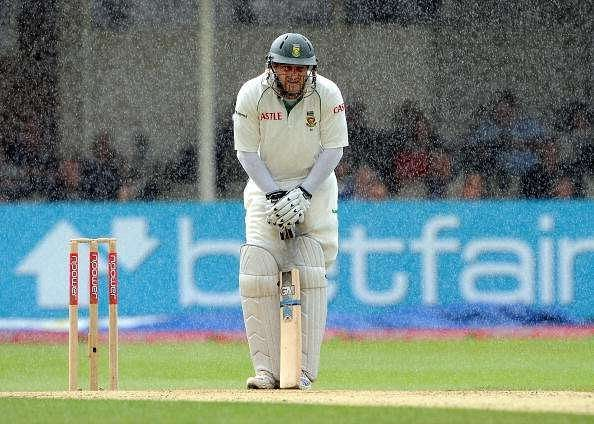
Another problem with the DLS method is that it doesn’t allow players to play a minimum number of overs to create a comparison between sides. If the team batting first has played 20 overs and later on, due to rain or any other interruption, the match is reduced to 10 overs per side, then the team chasing the revised target will be at an advantageous position and can take more risks as it has 10 wickets in hand.
Alternative to DLS Method
There is a VJD method offered by a civil engineer from Kerala, India. The person known as Jayadevan offered this VJD system and even BCCI incorporated it in the 2019 Vijay Hazare Trophy and was also used in Tamil Nadu Premier League.
It’s very ingenious as it divides the innings into different phases. The best part is that it considers a high scoring rate in the first few overs, then it considers fielding restrictions and also drops the rate in the middle overs. The VJD method also assumes another rise in the slog overs which makes it more efficient as compared to the DLS method.
However, ICC committees were not keen on making the VJD system their own method because according to them there are no flaws in the DDLS method.
Endnotes
The Duckworth-Lewis system is meant to be there to give the match officials a helping hand when the weather intervenes. But a system that not both fans and players understand is surely questionable. Cricket fans do not really need to understand how it is calculated but they are surely looking for a method that seems as if one side is being penalized for something like rain which is out of their control.
Cricket has changed a lot with time, we even have a new format known as Twenty20 cricket and it has changed the way of both batting and bowling. So, we need to have a system or an equation that all the teams happily 221accept and it can only happen if it offers a fair solution. We hope ICC will make changes to the required changes in the DLS method or will welcome a better system that makes it super easy to calculate the chart in a rain-affected match.

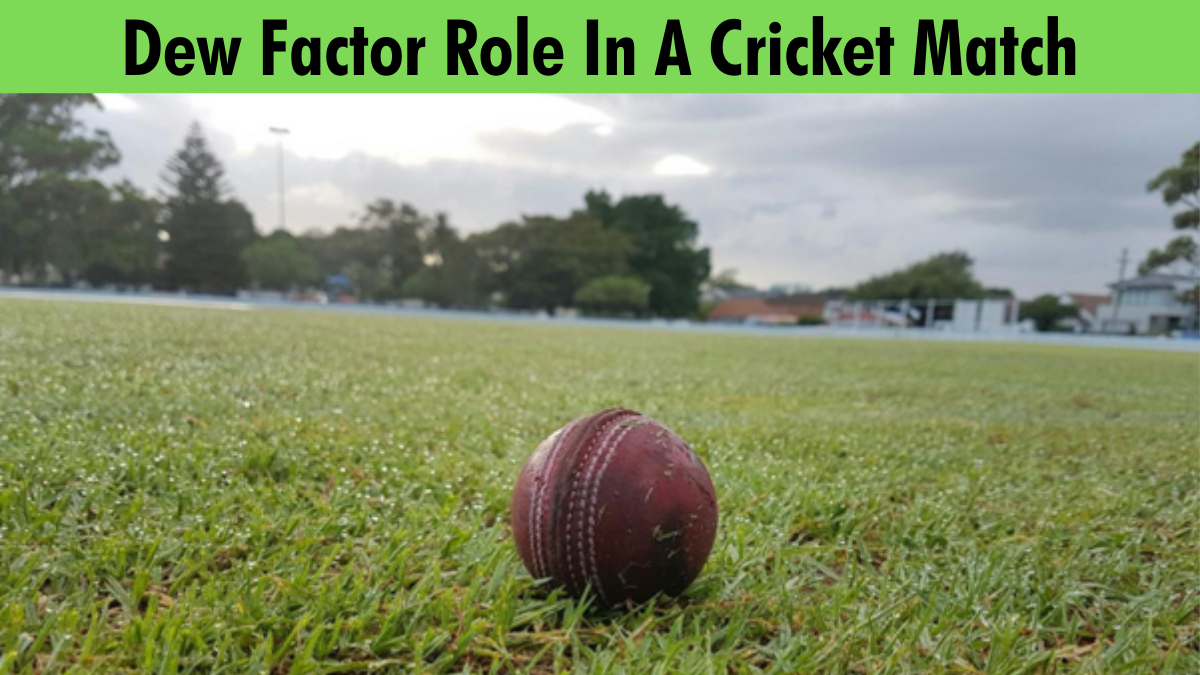


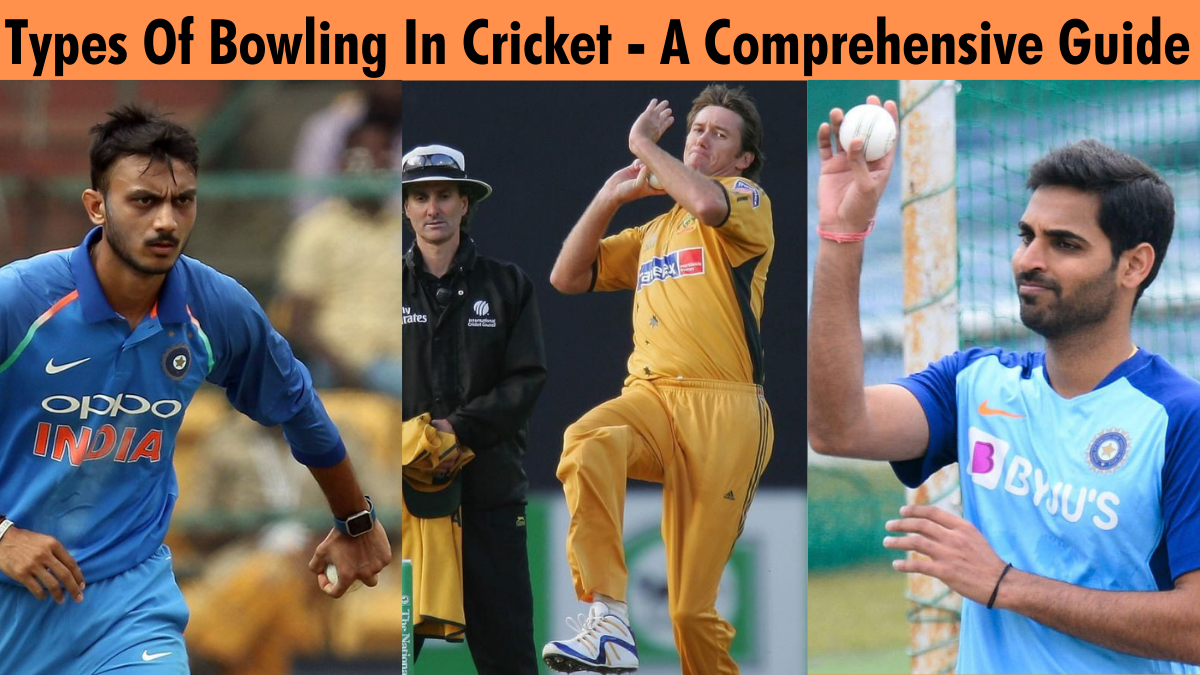
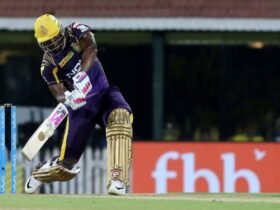

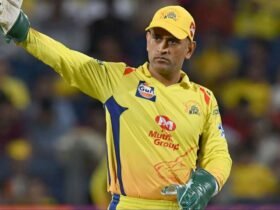
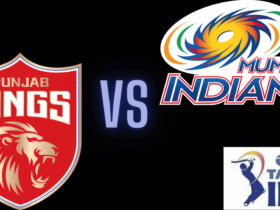

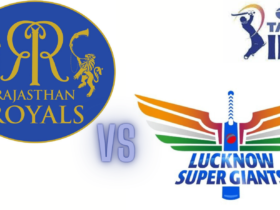

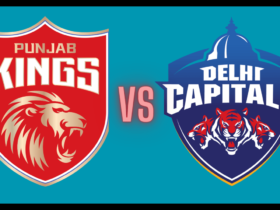





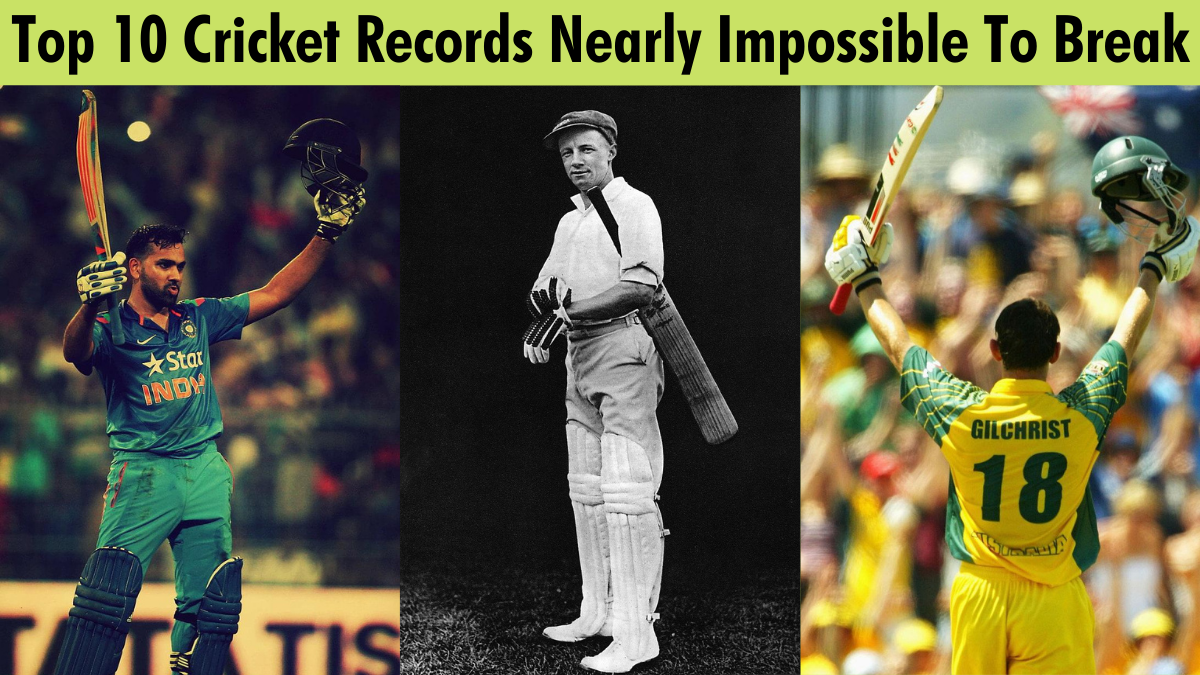




Leave a Reply